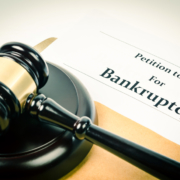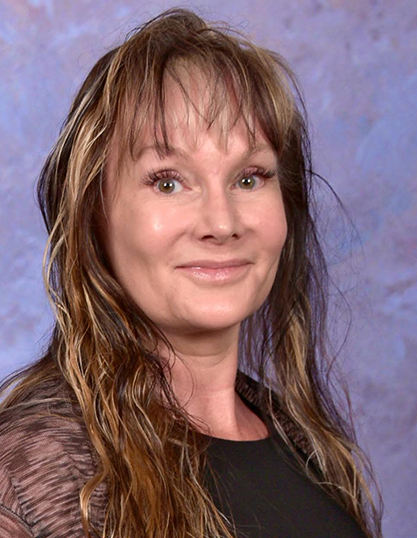Your Guide to Reverse Mortgages Following Bankruptcy
Financial setbacks, such as bankruptcy, can present unique challenges, especially when it comes to homeownership. The path to financial recovery differs for everyone, and reverse mortgages may offer a potential solution for those seeking stability. In this article, we’ll explore how reverse mortgages work when you’ve filed for bankruptcy in Canada.
Understanding the Basics of Reverse Mortgages
A reverse mortgage allows homeowners 55 and older to access the equity in their home, transforming it into a source of income.
Unlike traditional mortgages, where borrowers make monthly payments to the lender, reverse mortgages work in the opposite direction. Here, the lender disburses funds to the homeowner, either in a lump sum, monthly installments, or as a line of credit, all without requiring repayment until the homeowner sells the property.
This unique financial arrangement can benefit those seeking supplemental income, especially following bankruptcy.
Bankruptcy and Its Impact on Finances
Bankruptcy is often viewed as a last resort. It’s a legal process where individuals who are unable to meet their financial obligations seek a fresh start. In Canada, this process is governed by specific laws and regulations designed to balance the interests of debtors and creditors.
The impact of bankruptcy is profound, affecting credit scores and financial stability. Post-bankruptcy, individuals often grapple with rebuilding their lives, seeking avenues to regain stability and independence.
The Bankruptcy Process
Generally, filing for bankruptcy in Canada follows these steps:
- The debtor initiates the process by filing for bankruptcy with a licensed trustee, declaring details about assets, liabilities, and financial history.
- A licensed trustee is appointed to oversee the bankruptcy and evaluate the debtor’s financial situation, liquidate non-exempt assets, and develop a plan for debt repayment.
- An automatic stay is imposed, preventing creditors from pursuing collection efforts to provide the debtor with temporary relief.
- A meeting is held between the debtor, trustee, and creditors. Creditors can ask questions and vote on proposals, such as the sale of assets.
- Non-exempt assets, like real estate, secondary vehicles, and investments, are liquidated, and the proceeds are distributed among creditors.
- Once the debtor completes the obligations outlined in the bankruptcy plan, they receive a discharge, which releases them from remaining eligible debts.
Can You Get a Reverse Mortgage if You File for Bankruptcy?
While filing for bankruptcy might raise eyebrows in traditional lending scenarios, reverse mortgages offer a unique opportunity. Reverse mortgage eligibility is determined by factors such as age, property value, and home equity.
Unlike traditional mortgages, credit history and income play a less prominent role in the approval process. This makes reverse mortgages potentially accessible to those who have experienced bankruptcy.
However, keep in mind that while bankruptcy may not be an outright disqualifier, lenders will still assess your ability to meet property tax, insurance, and maintenance obligations, as these are conditions of a reverse mortgage. Additionally, the bankruptcy must be fully discharged. If it is still active, there would need to be sufficient funds in the reverse mortgage proceeds to pay out any money owed.
Filing For Bankruptcy with an Active Reverse Mortgage
When someone with a reverse mortgage files for bankruptcy, the trustee is obligated to send the Creditor’s Package (a set of documents outlining important information about the bankruptcy declaration) to all creditors, signalling the lender’s awareness of the filing.
Importantly, filing for bankruptcy doesn’t automatically trigger a loan default. Creditors have the right to proceed with the loan as normal, provided the debtor is capable of fulfilling obligations. With an asset like a home, trustees may allow debtors to continue making regular payments or, in the case of a reverse mortgage, maintain the mortgage without monthly payments.
Lenders generally acknowledge the potential risk of a homeowner going bankrupt while holding a reverse mortgage. There’s limited action they can take if this does occur other than putting a flag on your file and checking for up-to-date property taxes and home insurance.
Getting Help From a Professional
If you find yourself in a situation involving bankruptcy and currently have a reverse mortgage or are thinking about applying for one, it’s crucial to speak to a professional who can outline all the angles. At Senior’s Lending Centre, we’re here to guide you through this process, provide accurate information, and help secure your financial future, regardless of your circumstances. Contact us today to learn more.




